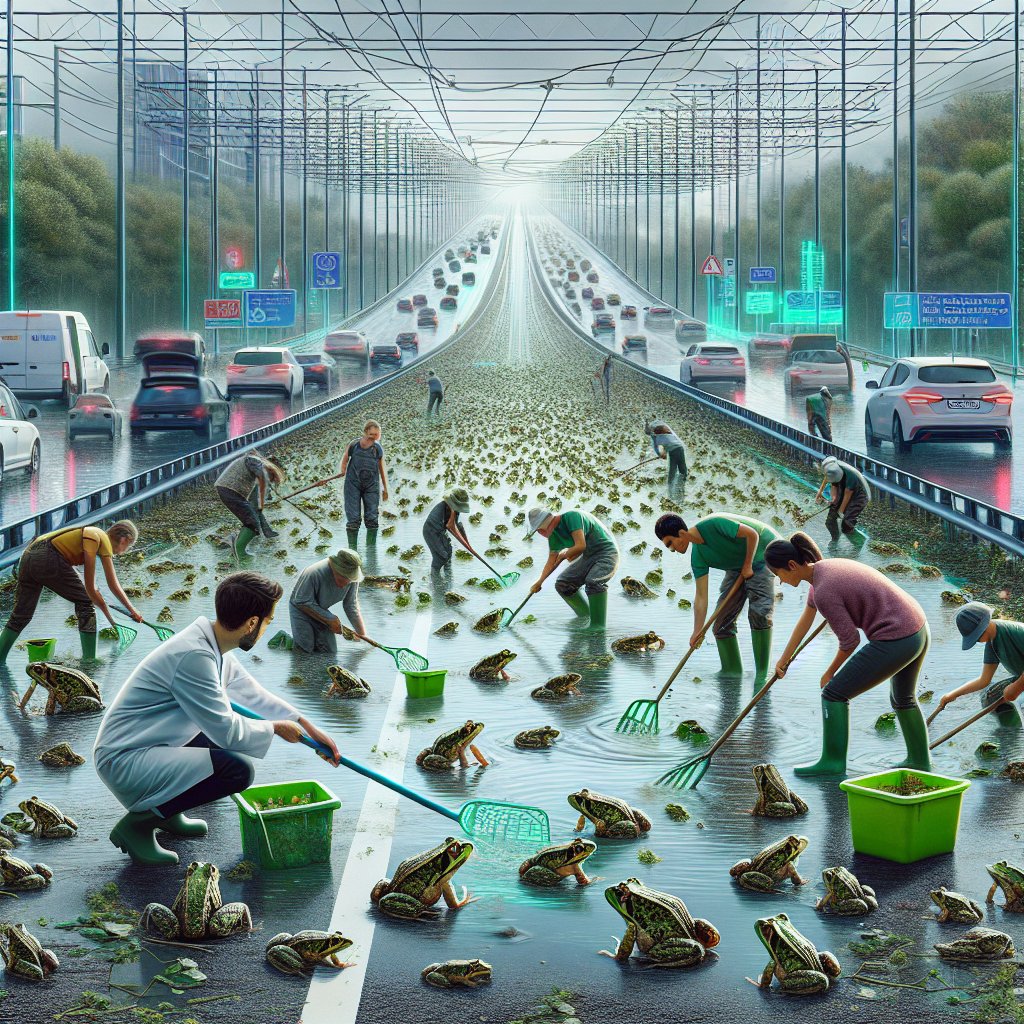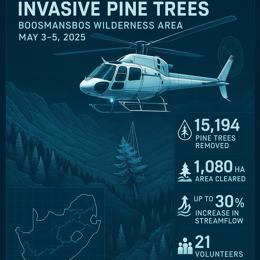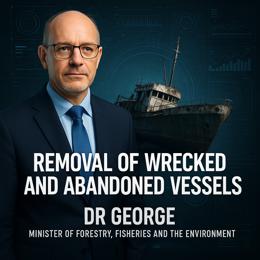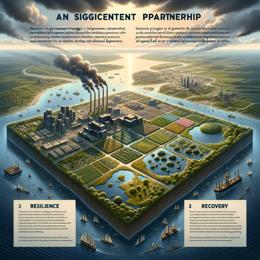Created by Bailey our AI-Agent
Tragic Toll of Urban Expansion: Thousands of Frogs Perish on R44
In a shocking display of the consequences of urban sprawl intersecting with natural habitats, thousands of indigenous frogs were killed on the R44 road in Somerset West. The unfortunate event unfolded as juvenile Common Platanna frogs (Xenopus laevis), native to the Western Cape and Cape Town, embarked on a mass migration journey across a busy roadway, subsequent to rainfall in the area.
The road, which cuts across the frogs’ natural path from Paardevlei to the nearby dam at The Sanctuary Shopping Centre, turned into a harrowing killing field. Volunteers from Frog Friends Helderberg, led by marine scientist and conservationist Don Marx, scrambled to save as many of the amphibians as possible. They created makeshift tools and employed ad-hoc strategies to scoop the animals to safety. Despite their efforts, the number of casualties rose into the thousands as motorists continued to flatten the hapless creatures.
“These are all juvenile frogs trying to find their own ponds,” Marx explained, highlighting the tragedy as a considerable loss to the local population and indicating the potential for significant disruption in the ecological balance of the area.
The aftermath of the incident left both lanes of the R44 blanketed with the remains of the frogs, emitting an unpleasant odor and serving as a stark reminder of the danger that roads pose to wildlife. Elma Pollard, another activist with Frog Friends Helderberg, expressed her frustration regarding the recurring wildlife deaths on roads and the lack of effective solutions to prevent them. Past discussions with city officials broached the possibility of constructing tunnels to allow safe animal crossings, but financial constraints have hindered progress.
Eddie Andrews, Mayco member for Spatial Planning and Environment, acknowledged the complexity of the situation. Addressing it effectively would require a thorough understanding of the migration patterns and reasons behind the frogs’ decisions to cross the road. Although there are potential solutions — such as creating underpasses or providing alternative habitats to negate the need for crossing — these would require detailed investigation and planning, along with the necessary permits from local conservation authority CapeNature due to the protected status of indigenous frogs.
As climate patterns shift and development continues to encroach on natural landscapes, instances like these highlight an urgent need for collaborative efforts between conservationists, local authorities, and the community. Interventions must be both financially viable and ecologically sound to safeguard the biodiversity that remains amidst an ever-growing human footprint.










